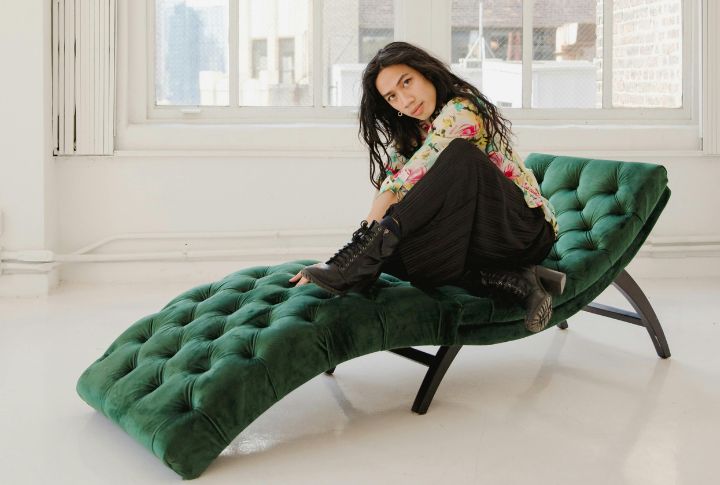
Designers have their own secret language—part code, part style flex. But nothing kills the vibe like mispronouncing the words that make you sound like a naive person in the field. Let’s fix that by giving these ten design terms the pronunciation they deserve.
Foyer
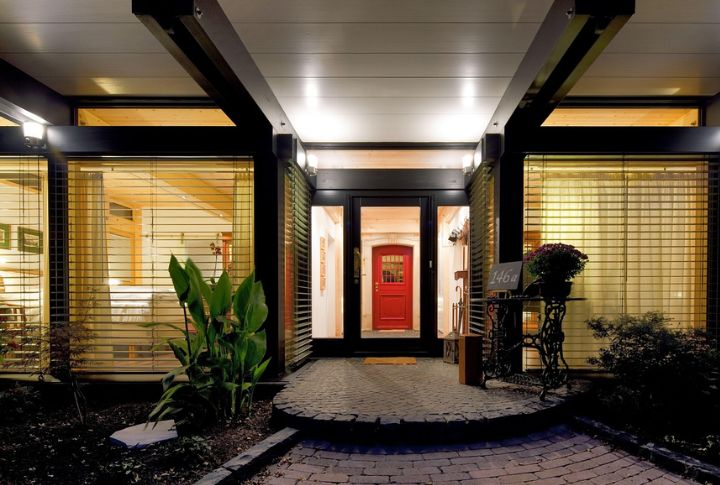
You’ve probably said “Foy-yay” without thinking twice, but did you know it has a chic French twist? While “FOY-er” is widely accepted in American English, the original French pronunciation is “Foy-yay.” Knowing both can level up your design lingo, especially in professional conversations.
Chaise Longue
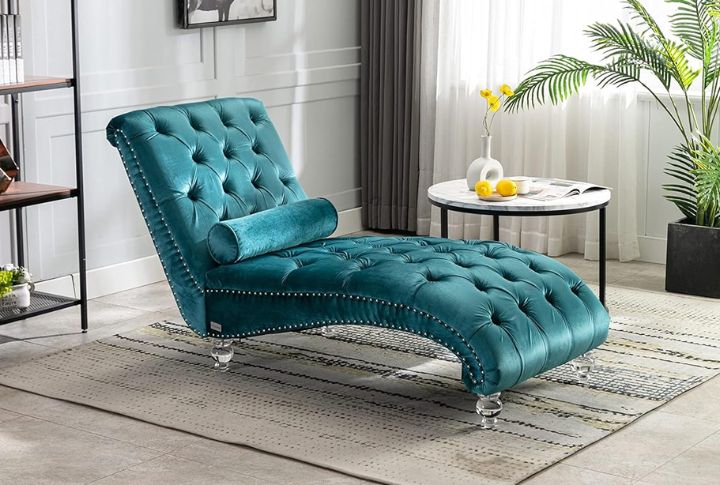
Often mistaken as “chase lounge,” the correct pronunciation is “Shayz Long,” a direct nod to its French origins. This term, which translates to “long chair,” has been part of interior design vocabulary since the 16th century.
Decoupage
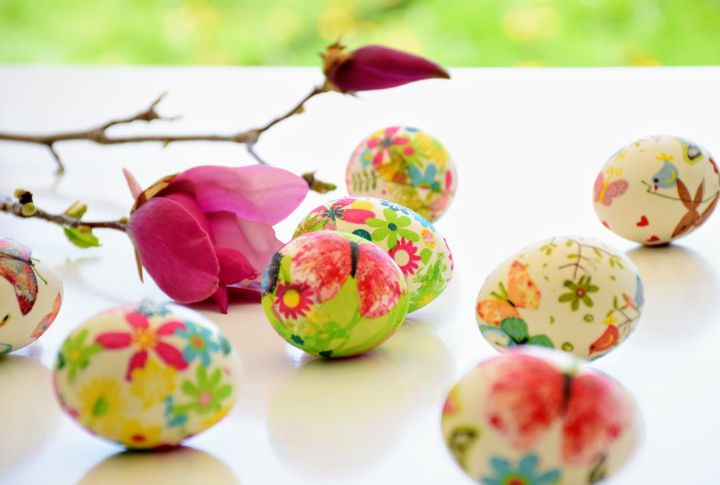
Derived from the verb “decouper,” meaning “to cut out,” “decoupage” refers to the art of decorating surfaces with cut-out paper designs. Despite its elegant roots, it’s commonly mispronounced, as the correct American English pronunciation is “DAY-koo-pahzh.”
Giclée

Coined in 1991, “giclee” is considered a recent addition to the art and design lexicon. It describes a high-quality digital printing technique often used for fine art reproductions. Stemming from the French word “gicler,” meaning “to spray,” it’s correctly pronounced “Zhee-clay.”
Trompe L’oeil

Trompe L’oeil is a visual art technique that is designed to create the optical illusion that depicted objects exist in three dimensions. The term, which translates from French as “deceive the eye,” is correctly pronounced as “Tromp Loy.”
Papier-mâché
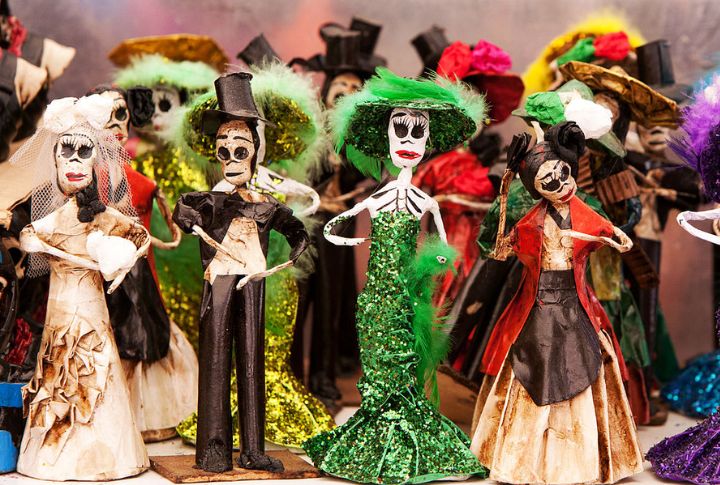
This term originated in 17th-century France and literally means “chewed paper,” referencing its pulpy texture. Commonly mispronounced, it should be said as “PAY-per-muh-SHAY.” Knowing the correct pronunciation not only honors its French heritage but also enhances your credibility.
Rococo
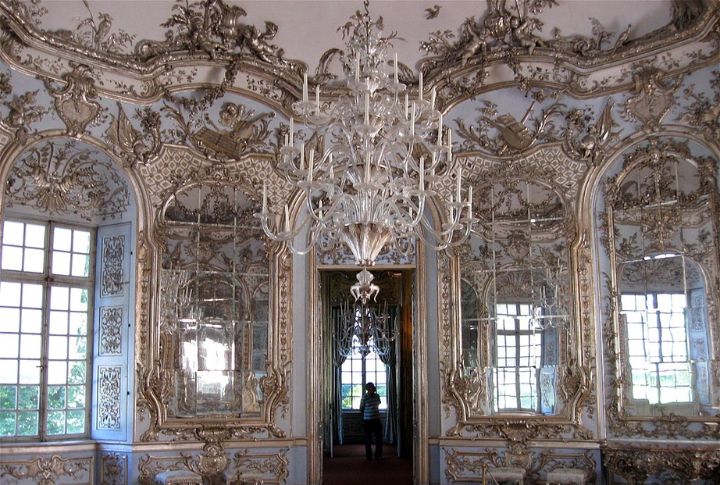
Rococo describes an ornate style of art, interior design, and architecture that emerged in early 18th-century France, known for its playful curves and intricate details. Although widely referenced, it’s often mispronounced. Hence, the correct way to say it is “Ro-koh-koh.”
Filigree
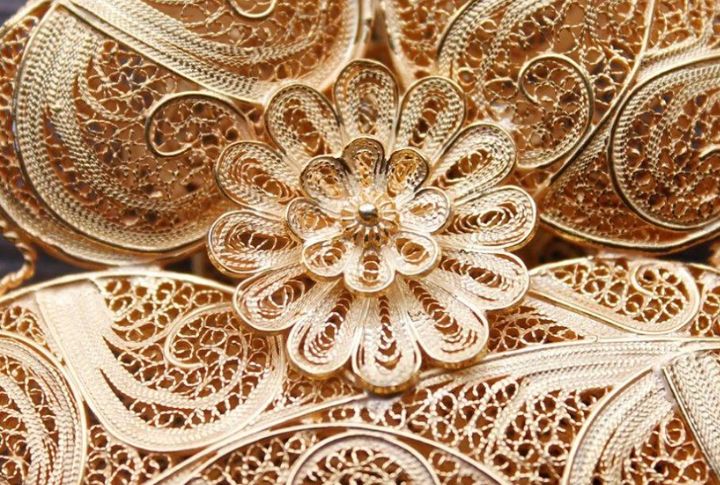
Pronounced “Fill-ih-gree,” this term often trips people up. It refers to intricate ornamental metalwork crafted from fine threads of gold or silver, forming delicate, lace-like patterns. Interestingly, its origins trace back as far as 3000 BC.
Parquet
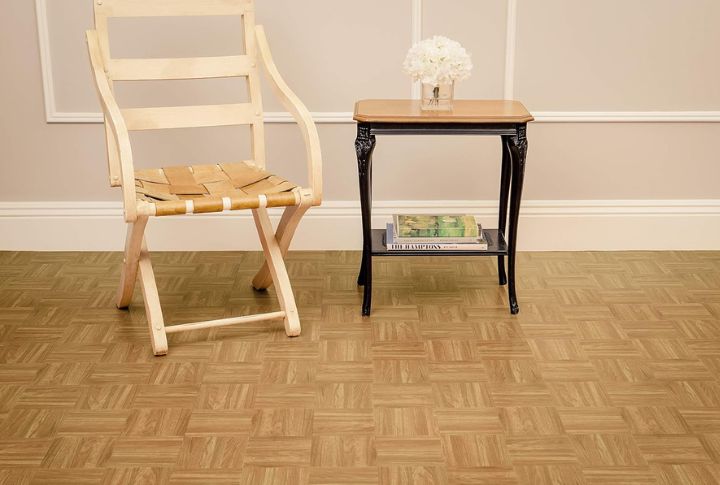
Say it like a designer: “Par-kay,” not “par-kwet.” This refined flooring term, rooted in 17th-century France, once lined the halls of Versailles in intricate wooden patterns. More than just a surface underfoot, “parquet” represents craftsmanship and classic elegance.
Bauhaus
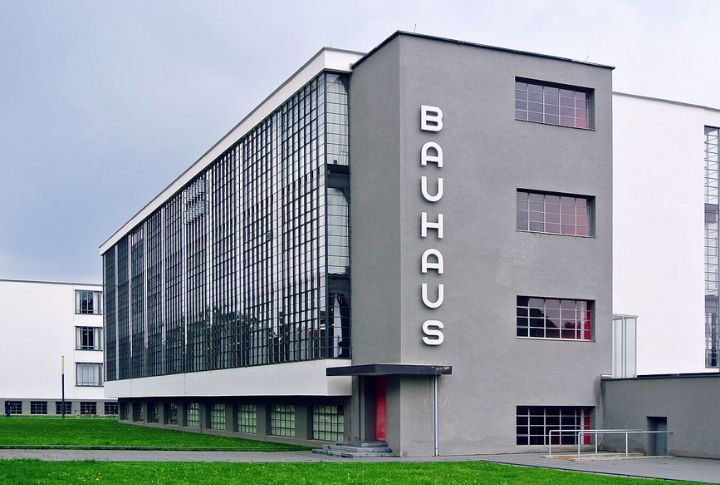
It’s “Bow-house,” not “Baw-house”—a small detail that says a lot. Known for its clean lines and functional beauty, the Bauhaus movement shaped modern architecture. Saying it right instantly shows you know the difference between a trend and a turning point in design history.

